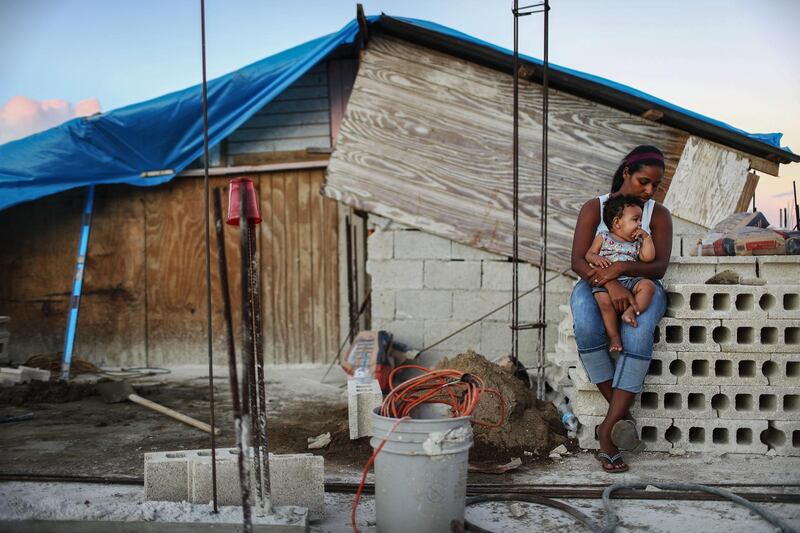Three months after Hurricane Maria tore through Puerto Rico at 155 mph, approximately one-third of the devastated island is still without electricity. FEMA has called it the "largest federal response to a disaster" in American history yet on the eve of Christmas day only 65 percent of the island has power, with the rest expected to be restored May.
Food shortages persist, water supply remains unreliable and some 450 people are seeing themselves forced to spend the holiday season in shelters or makeshift homes.
Despite the slow-moving reconstruction efforts the number of federal personnel providing assistance has dwindled to just 5,405 with FEMA responders stretched thin as the organisation operates in other areas including California, Texas and Florida.
In addition to the exhausting reconstruction effort, Puerto Ricans are also grappling with a death toll that could soon surpass that of Katrina. According to two reports the number of deaths could be as high as 1,502 while the official number remains 64. A recount was ordered by the island's governor Ricardo Rossello.
The devastation and insufficient aid has triggered a mass exodus from the island. The Center for Puerto Rican Studies at the City University of New York estimates that over 470,335 residents will have left by the end of 2019 - that's 14 percent of the population.
For those who can afford it Florida is set to become the most popular destination, with an estimated annual flow of between 40,000 and 82,000 people. This is likely to pose accommodation challenges for the peninsula.
The new tax bill that is meant to keep companies from shifting profits to other countries to avoid paying taxes would affect Puerto Rico because the US territory is considered a foreign jurisdiction for tax purposes, even though its 3.4 million residents are American citizens.
Even before Maria laid waste to the island three months ago, Puerto Rico was contending with $72 billion in debt. Rossello has asked the U.S. government for a total of $94.4 billion in aid, including $31.1 billion for housing and $17.8 billion to rebuild the ruined power grid.
_______________
Read more:
US hurricane season 2017 most costly ever - so far
After Hurricane Maria, Sharapova heading to Puerto Rico to help with relief work
Trump to visit Puerto Rico amid growing war of words







